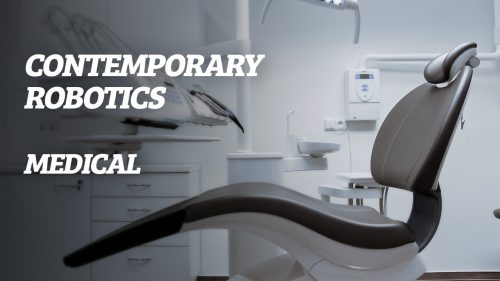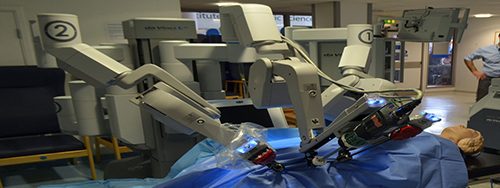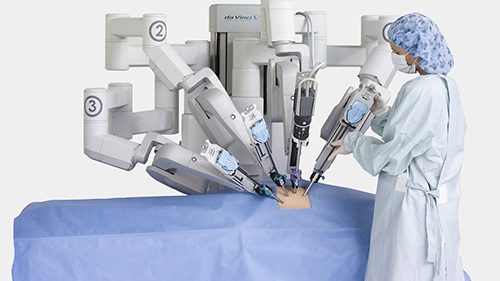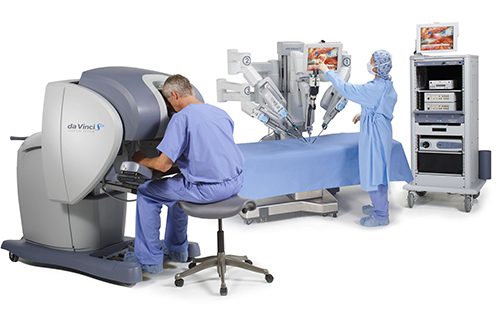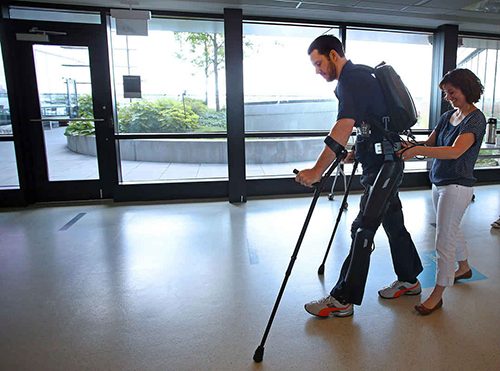Contemporary Robotics - Medical

We're moving towards a world full of robots, that's a fact. In this series, we're taking a break for a second to assess where Contemporary Robotics are at today and what the future looks like. For this fifth chapter, we're taking a look at the realm of medical robots.
Today, we have many kinds of medical robots. The most known are the surgical robots, but they're just the tip of the iceberg. There's also the rehabilitation robots, the biorobots, the telepresence robots, the pharmacy automation robots, and the disinfection robots (which were crucial in the fight against Ebola). And their use is exploding. We've grown from 1,000 robotic surgeries worldwide in 2000 to 450,000 in 2012.
Why are robots going to revolutionize the medical field too?
Medical Robots offers advantages for everyone
The advantages of robotic surgery are numerous. Especially for the patients who are going through less pain and shorter hospitalization. For instance, patients leave the hospital 2 to 5 days earlier than with traditional surgery. Return to activity is also quicker which frees staff before, during, and after surgery. All that drives the cost of the hospitalization down, both for the patient and for the hospital. Robotic surgery is also safer and less stressful for the surgeon and the medical staff. With better controls and dexterity, better view, and better operating position, the risks are being dramatically decreased. Therefore, with shorter hospitalization and recovery time for the patients, and better tools for the medical staff, medical robots drastically improve the experience for everyone, and not only they drive the costs down for the hospital, but they also allow a better management of the space available. So we can heal more people, and do it better and faster.Medical Robots will allow medicine to truly be without borders
The biggest challenge of medicine is actually to have a doctor present. We're now able to perform surgery pretty much anywhere (did you know that Air Force One, for instance, has its own operating room?). But we still require a surgeon to be physically present. With surgical robots, the controls can be physically disconnected from the operating room. Someone in Europe could be manipulating a robot in North America. You suffer from something but the best surgeon for this is at the other end of the planet? As this would allow surgeons to be operating all around the globe, you wouldn't need to travel to be healed. This would also allow medical staff to reach out dangerous zones like war zones or areas struck by an epidemy.Medical Robots will give people more autonomy
While the two first points are the most obvious, it's important to note that robots would also be able to give people more autonomy. People who have lost the use of their legs could have exoskeletons helping them walk again, or automated wheelchairs, or bionic hands. For Ray Kurzweil, we're looking at a man and machine future, where mechanical add-ons will repair and improve human beings.Thanks for helping to keep our community civil!
Notify staff privately
You flagged this as spam. Undo flag.Flag Post
It's Spam
This post is an advertisement, or vandalism. It is not useful or relevant to the current topic.
This post is an advertisement, or vandalism. It is not useful or relevant to the current topic.
You flagged this as spam. Undo flag.Flag Post


